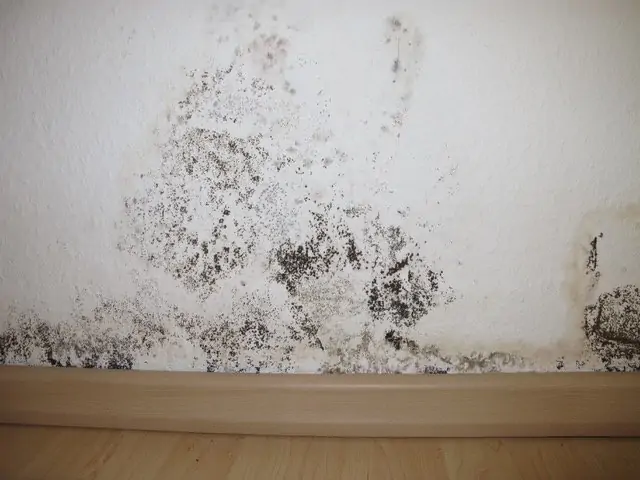Mold Prevention in Ottawa Clean up and dry out the building quickly (within 24 to 48 hours). Open doors and windows. Use fans to dry out the building. (Click on the following link for additional information on Reentering Your Flooded Home).
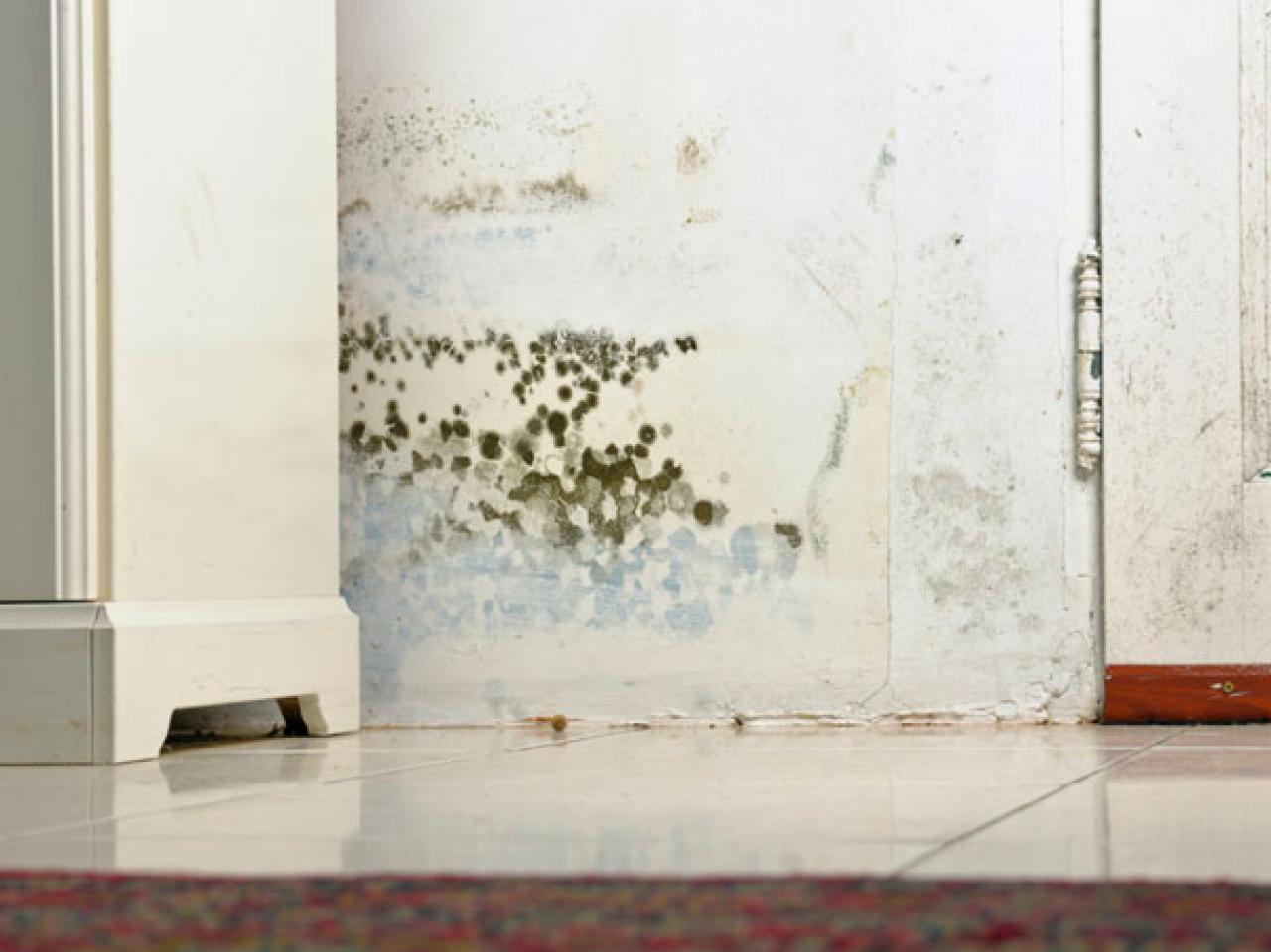
What are Molds?
Molds are microscopic fungi that live on plant or animal matter. They can be found indoors and outdoors and are part of our natural environment. They play an important role in the environment by breaking down and digesting organic material. Also called fungi or mildew, molds are neither plants nor animals; they are part of the kingdom Fungi.
Don’t Give Mold a Home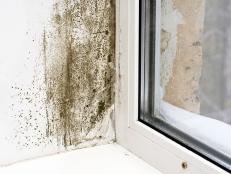
As in, don’t leave wet towels and clothes lying around. It’s tempting to leave towels on the bathroom floor when you’re in a hurry, but a bundled-up towel dries much more slowly. Instead, hang the towel on a rack to dry.
How to Prevent Mold:
1-Dry Wet Areas Immediately
Mold can’t grow without moisture, so tackle wet areas right away. accumulation from a leaky pipe, or even a spill on the carpet should be dried within 24 to 48 hours.
2-Clean or Repair Roof Gutters
A mold problem might be a simple matter of a roof that is leaking because of full or damaged gutters. Have your roof gutters cleaned regularly and inspected for damage. Repair them as necessary, and keep an eye out for water stains after storms that may indicate a leak.
3-Ventilate the area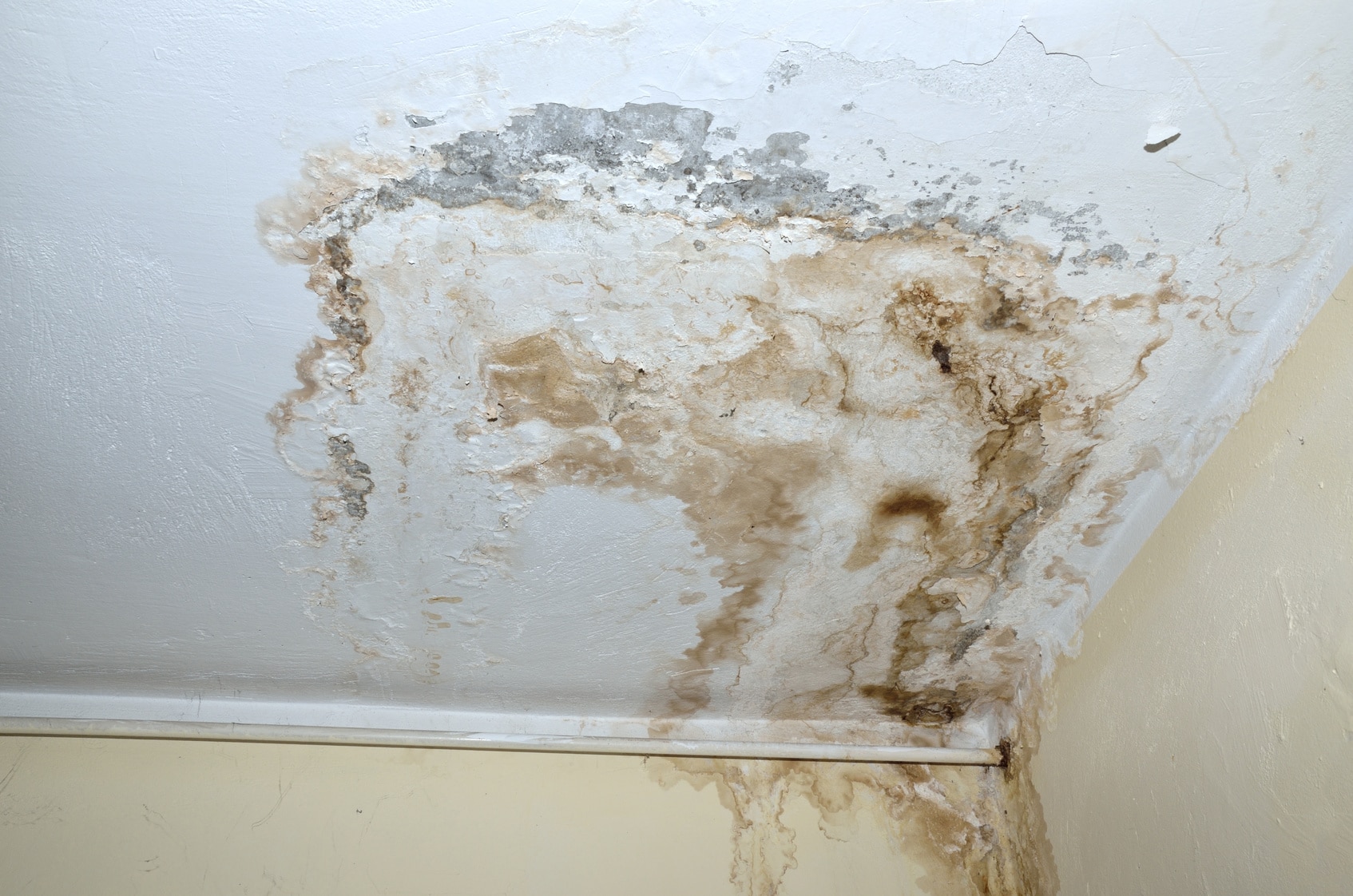
Open as many windows and exterior doors to the area as possible, and use fans to blow indoor air outside. When you must close and secure the area, use portable dehumidifiers and keep the HVAC system fan running to help dry and ventilate the room as much as possible.
4-Wear Protective Clothing
Take proper safety precautions by wearing protective clothing. Long gloves, goggles, and a respirator mask will limit your exposure to airborne mold. For more details on what gear to buy, please read “A Brief Guide to Mold, Moisture and Your Home” by the EPA. You’ll also want to wear old clothes that can be thrown away after your work is done.
5-Throw Away and Replace
Some porous materials like ceiling tiles and carpet absorb mold, making it impossible for you to fully clean the area. Rather than trying to clean mold growing on these types of surfaces, it’s best to throw them away and replace the materials instead.
A mold grows in… everything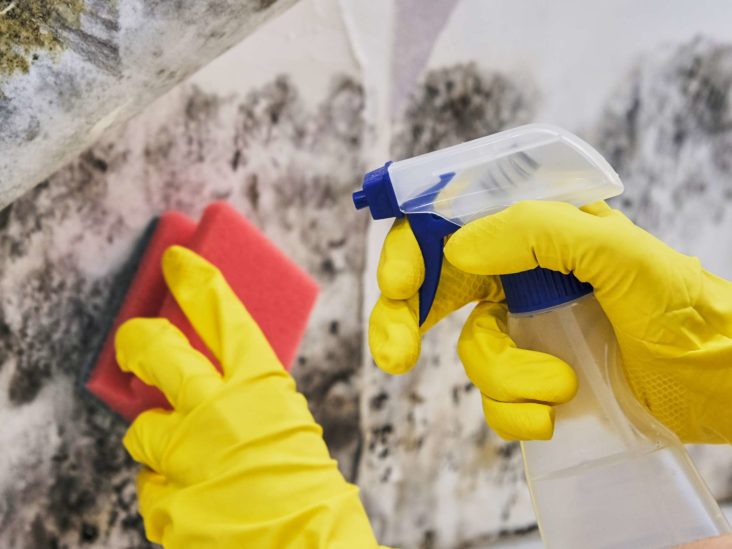
According to the Centers for Disease Control and Prevention (CDC), mold is everywhere—it grows year-round and can be found both indoors and outdoors. Mold is a living organism and, as such, it grows and spreads when it has the right conditions—and it likes the damp.
Outdoor molds are commonly found in shady, damp areas and in soil. Indoors, mold can be found where humidity and moisture levels are high, such as in basements, kitchens, bathrooms and on ceilings and wall interiors where water from leaky pipes, roofs or windows can accumulate.

